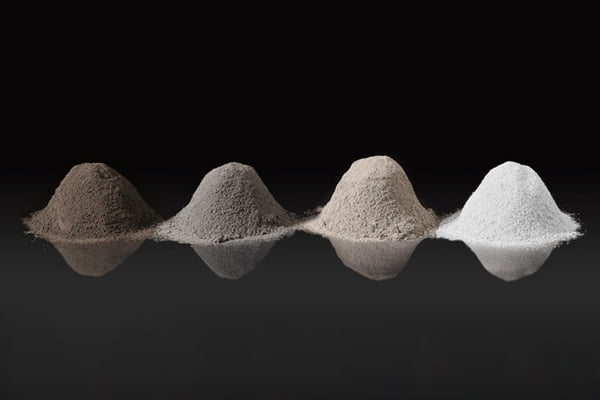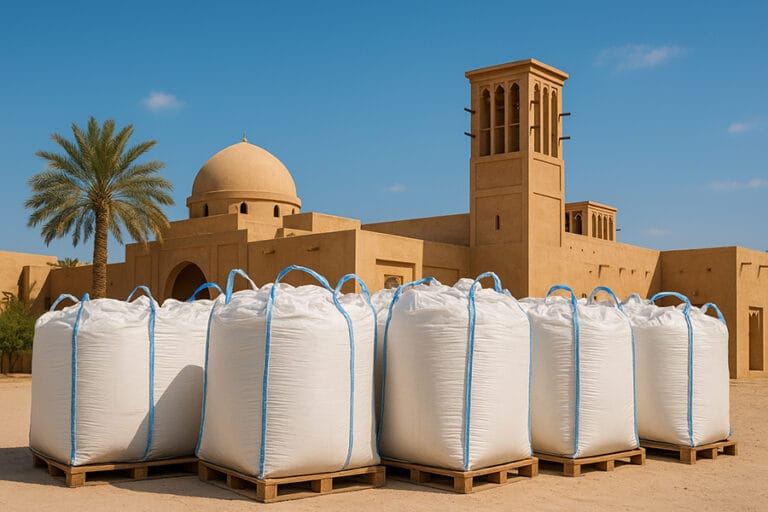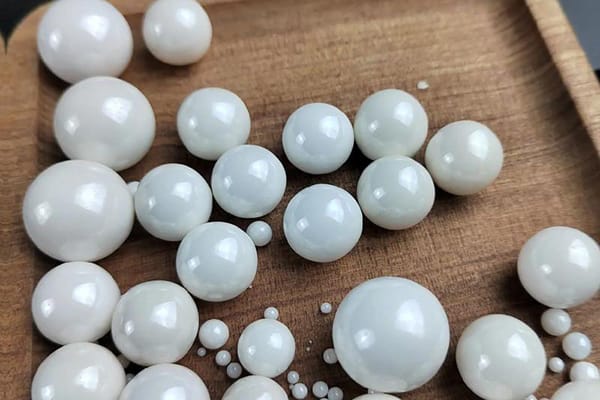ASTM Silica Fume

What is ASTM?
The American Society for Testing and Materials (ASTM) is an international standards organization that develops and publishes voluntary consensus technical standards for a wide range of materials, products, systems, and services. These standards are used globally to ensure the quality, safety, and efficiency of various products and services.
ASTM standards
ASTM standards play a crucial role in ensuring the quality of products and services. They provide a common language and set of criteria that manufacturers, suppliers, and customers can use to communicate and understand each other’s requirements. This helps in minimizing misunderstandings, ensuring consistency, and facilitating trade.
ASTM C1240 Silica Fume
ASTM C1240 is the standard specification for silica fume used in cementitious mixtures. It covers the requirements for raw silica fume, as well as slurried or densified silica fume. The material shall be composed of silica fume, mostly of amorphous silica. The following are the key requirements of ASTM C1240:
- Chemical composition: The silica fume shall have a minimum of 85% silicon dioxide (SiO2).
- Particle size: The silica fume shall have a maximum particle size of 10 microns.
- Specific surface area: The silica fume shall have a minimum specific surface area of 15 m2/g.
- Moisture content: The moisture content of the silica fume shall be less than 3%.
- Loss on ignition: The loss on ignition of the silica fume shall be less than 6%.
Silica fume is a pozzolanic material, which means that it reacts with calcium hydroxide in cement to form a cementitious compound. This reaction improves the properties of concrete, such as strength, durability, and impermeability. ASTM C1240 ensures that silica fume used in concrete meets the required standards for quality and performance.
The test methods specified in ASTM C1240
- Specific surface area: The specific surface area of silica fume shall be determined by the Blaine air permeability method.
- Chemical composition: The chemical composition of silica fume shall be determined by wet chemical analysis.
- Loss on ignition: The loss on ignition of silica fume shall be determined by heating a sample of silica fume to a high temperature in a furnace.
- Moisture content: The moisture content of silica fume shall be determined by drying a sample of silica fume to a constant weight.
Benefits of Using Silica Fume in concrete
- Increased strength: Silica fume can increase the compressive strength of concrete by up to 50%.
- Improved durability: Silica fume can make concrete more resistant to water, chemicals, and abrasion.
- Increased impermeability: Silica fume can make concrete more resistant to water penetration.
- Reduced permeability: Silica fume can reduce the permeability of concrete, which can help to prevent the ingress of harmful substances.
- Improved fire resistance: Silica fume can improve the fire resistance of concrete.
Silica fume is a versatile material that can be used in a variety of concrete applications. It is commonly used in high-performance concrete, such as bridge decks and structural members. It is also used in precast concrete, concrete masonry units, and concrete repair products.
Some other standards for silica fume
EN 13263
This is a European standard for silica fume used in concrete and mortar. Apart from the maximum sulfur content, it also specifies requirements for other properties such as loss on ignition, moisture content, and particle size distribution. The standard aims to ensure that the silica fume used in construction is of high quality and suitable for the intended application.
JIS R 6251
This is a Japanese standard for silica fume used in cement and concrete. Besides the maximum iron oxide content, it also includes requirements for properties such as specific surface area, density, and pozzolanic activity. The standard is designed to ensure that the silica fume used in construction in Japan meets the necessary quality criteria.
GB/T 18046
This is a Chinese standard for ground granulated blast furnace slag used in cement and concrete. Apart from the maximum calcium oxide content, it also specifies requirements for other properties such as fineness, glass content, and water requirement. The standard aims to ensure that the slag used in construction in China is of high quality and suitable for the intended application.
Each of these standards is developed by the respective national standards organizations and is designed to ensure the quality and suitability of the materials used in construction. They are similar to ASTM C1240, which is a widely recognized international standard for silica fume used in cement and concrete, but they have some additional or different requirements to address specific concerns or requirements in their respective regions.
ASTM C1240 Silica Fume Supplier
Henan Superior Abrasives Import & Export Co., Ltd. is one of the largest suppliers of micronized silica powder in China.We can supply 85%, 92%, 94%, 96%, 99% Undensified Silica Fume and 85%, 92%, 94%, 96% Densified Silica Fume, all of our products meet ASTM and SGS standards and are exported to various countries and regions all over the world.With strict standards, high quality products and low prices, our products are well received by our customers.
ASTM C1240-20 PDF Download
You might also be interested in…
Contact Us
Get Free Quotation
Founded in 2001, HSA is a leading provider of Silica Fume and Abrasives in China, and also the premium source of high-performance Products for concrete and abrasives industries.



